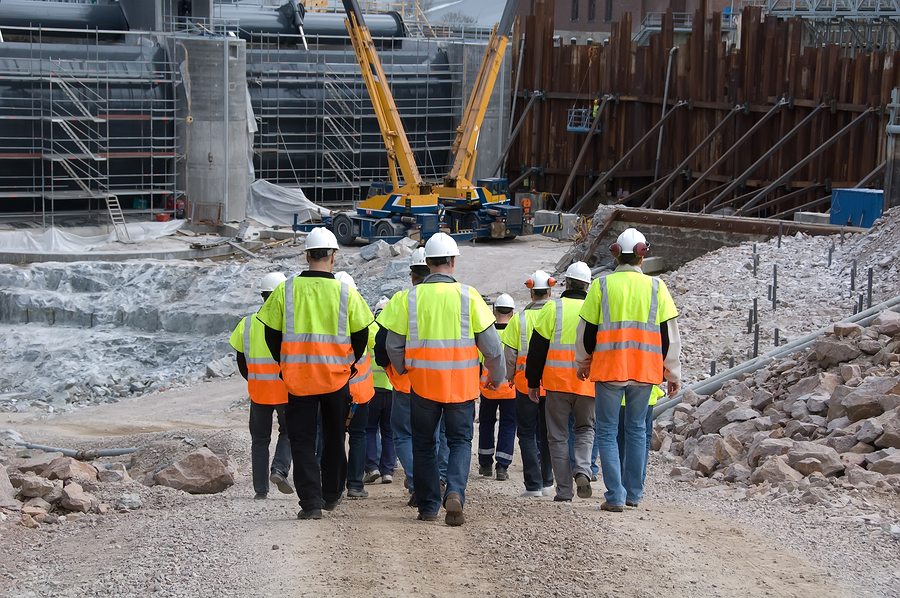With so much construction taking place in Silicon Valley, skilled trades workers are in high demand.
Median hourly wages across construction categories in the San Jose metro area also climbed 12 percent to $28.99 as of May 2016, compared to recession wages closer to $25 an hour in 2009, Bureau of Labor statistics data shows.
“Everything is kind of up right now,” said Chris Branan, senior project manager at San Jose-based Iron Construction, listing costs of materials and land along with labor. “We’re actively hiring. We do try to get people with experience, and I’m sure I’m speaking for every general contractor out there.”
Silicon Valley is famous for free food and other perks offered up to tech talent at companies like Facebook and Google, but those watching the region’s economy say that increasing competition for skilled labor in middle-class strongholds like construction are symptomatic of bigger challenges. With an expected wave of retirements in the building trades and Bay Area costs of living hitting all-time highs — San Jose cracked the $1 million median home price mark for the first time in August — the question is how employers and employees alike will adapt.
“There are a number of things going on at the same time,” Field said. “There’s a lot of building. More and more workers are also being forced out of the South Bay and into the Central Valley, or sometimes even farther away, because of the costs of living in the Bay Area.”
Branan said he “most definitely” sees construction workers increasingly coming from far-flung areas like Modesto, Los Banos and other locales. Still, pinpointing exactly how many people in the building industry commute long distance isn’t easy to do. The Census Bureau tracks average travel times, but few tally where and how workers in different professions get to work over time.
“The data we have shows that at least 50 percent of the workers in construction come from at least 50 miles away,” Josué García, CEO of the Santa Clara and San Benito Counties Building & Construction Trades Council, says of surveys his labor group has conducted.
How sustainable these commutes will prove for construction workers (not to mention teachers, police, and others seeking cheaper housing farther from the coast) is one question. How shifting labor dynamics stand to impact business is another.
“With a construction project, there are two main things you look for: cost and price,” Branan says. “If somebody has a two-hour drive in and there’s traffic, you can miss an inspection or get behind.”
https://www.bizjournals.com/sanjose/news/2017/05/04/sf-bay-area-construction-labor-worker-shortage.html

